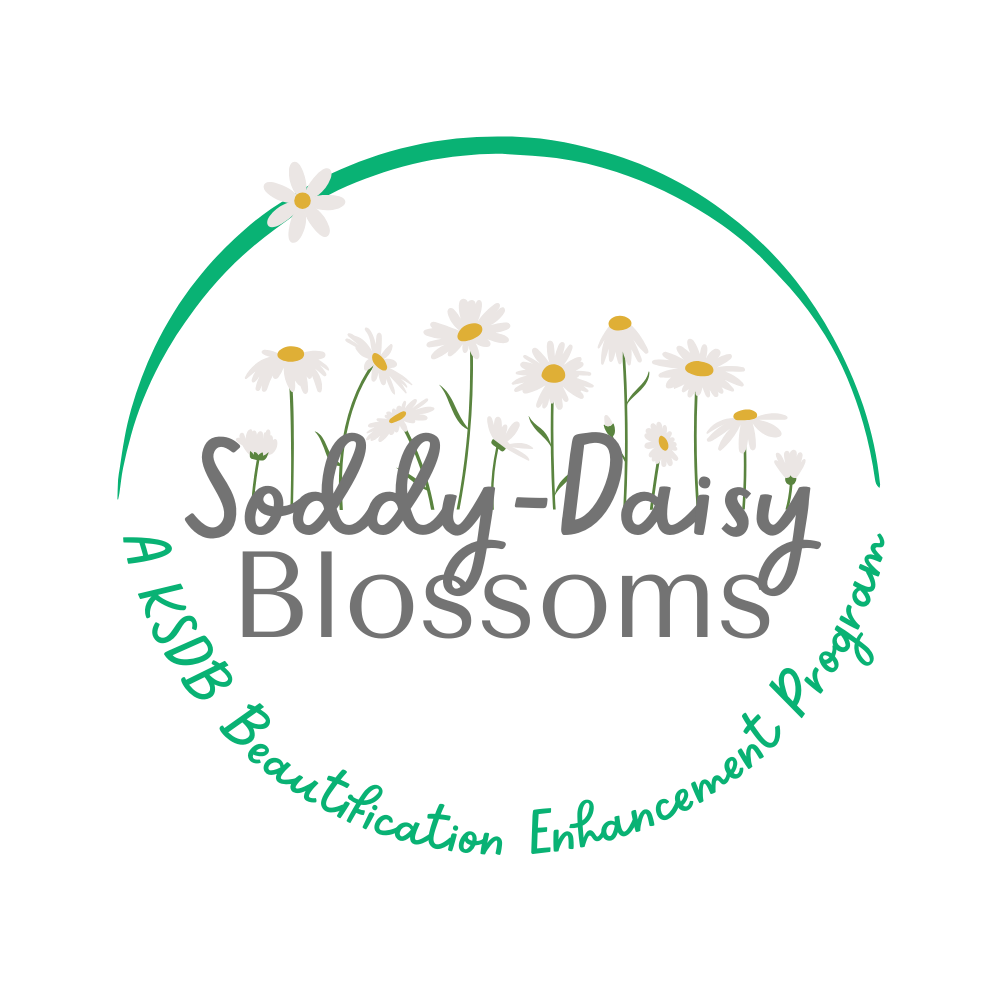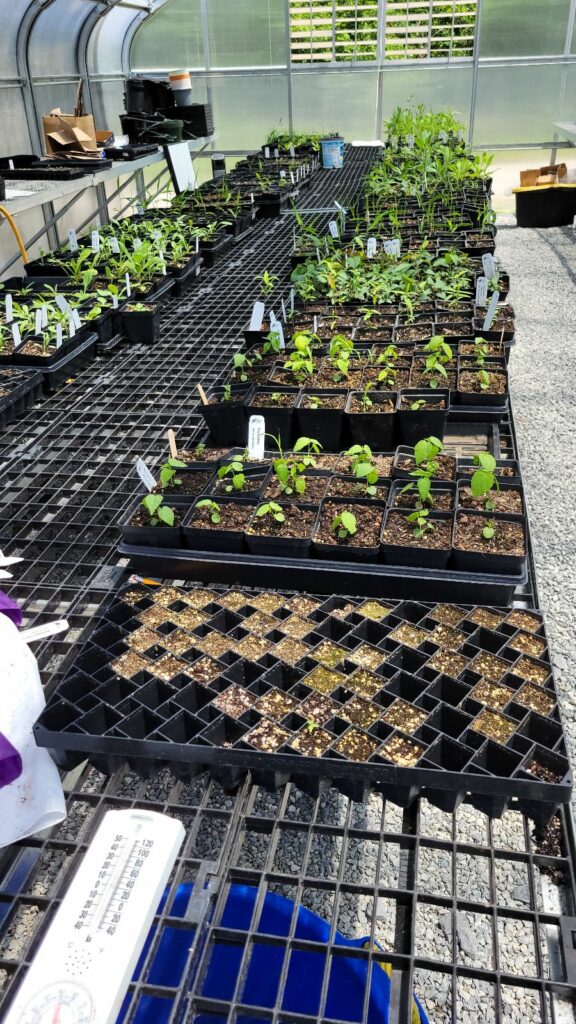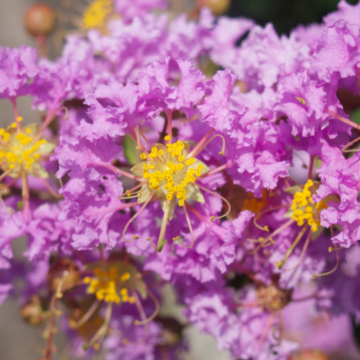
Pollinator Garden in Soddy-Daisy:
A Blossoming Community Effort
The KSDB Blossoms Program is excited to introduce a vibrant pollinator garden to Soddy-Daisy, located at the intersection of Springfield Road and Dayton Pike. This thoughtful initiative aims to support local pollinators, enhance the beauty of our business corridor, and foster an eco-friendly space for all to enjoy.
Thanks to the collaborative efforts of KSDB volunteers, local businesses, and environmental experts, the garden will showcase a variety of native wildflowers and grasses. These plants will provide critical food sources and shelter for pollinators, including bees, butterflies, and hummingbirds.









Community Collaboration & Key Partners
This initiative is a true community-driven effort, brought to life through the passion and teamwork of local organizations, businesses, and dedicated volunteers. The KSDB Beautification Committee, under the leadership of board member Wynne Anderson, is actively collaborating with a variety of partners to make this vision a reality.
- Ivy Academy
- Horticulturist Stephanie Keifer
- City Planner Kyra Jones
- Hamilton County Master Gardeners
- Tennessee Aquarium
- City of Soddy-Daisy & TDOT Pollinator Project
- Local businesses and community volunteers
In addition, we hope to involve local youth organizations—such as the Girl Scouts and Boy Scouts—to nurture the next generation of environmental stewards. Their engagement not only builds awareness but also strengthens community pride and responsibility.

















Native Wildflowers & Plants for Pollinators
This vibrant garden will feature a mix of native wildflowers, grasses, and shrubs selected to bloom across multiple seasons. These plants offer essential food and habitat to pollinators like bees, butterflies, and hummingbirds. As a result, the garden will support both biodiversity and beauty in our community.

Section A
- Lance Leaved Coreopsis – Yellow blooms from April to July
- Wild Columbine – Red and yellow blooms in April and May
- Spotted Bee Balm – Pink and white blooms from June to October
Section B
- Bergamot – Lavender blooms from June to September
- Little Bluestem – Blue-green foliage with blooms from July to September
Section C
- Scarlet Beebalm – Vibrant red and yellow blooms from June to August
- Dense Blazing Star – Striking purple blooms from July to October
Section D
- New England Aster – Lavender blooms from August to October
- Ironweed – Dark purple blooms from July to September
These carefully chosen plants do more than just brighten the landscape—they help build a thriving ecosystem that supports pollinators and promotes environmental resilience. Through thoughtful planting, we’re creating a healthier, more beautiful Soddy-Daisy.
Thank You to Our Sponsor: Urban Horticulture Supply
We are incredibly grateful to Urban Horticulture Supply for their generous donation of 1,000 3-inch pots to support this project. Their contribution has played a crucial role in helping us build a sustainable and thriving environment for pollinators here in Soddy-Daisy.
About Urban Horticulture Supply: Based in Chattanooga, TN, Urban Horticulture Supply provides high-quality gardening and landscaping supplies to professionals and hobbyists alike. Their product range includes organic fertilizers, native plants, soil amendments, and expert guidance to promote sustainable gardening practices.
In addition to offering premium products, the team is known for their commitment to eco-friendly solutions and community engagement. That dedication makes them a trusted resource for local gardeners, landscapers, and collaborative projects like this pollinator garden.
We encourage you to visit Urban Horticulture Supply to learn more about their offerings and support businesses that give back to their community.
Latest Project Updates – May 2025
Phase One Planting is almost here! We’re excited to officially kick off planting at the Soddy-Daisy Pollinator Garden on Thursday, May 15, 2025 from 3 PM – 6 PM. This community event will take place at the corner of Dayton Pike, Thrasher Pike, and Springfield Road, and we’d love for you to join us!
Thanks to a generous donation from the Tennessee Aquarium, we’ll be planting over 470 native pollinator plants. This work marks the beginning of Phase One, which will cover approximately 1,000 square feet of the planned 3,000 square foot garden. Whether you want to plant a flower, donate a plant, or simply stop by and lend your support, your involvement matters.
- Bring gloves, a hand trowel, and a readiness to get your hands dirty 🌼
- You’re welcome to donate plants from our approved native list or offer a financial gift to support additional purchases
- After planting, we’ll be spreading 2–3 inches of hardwood mulch to help retain moisture and suppress weeds
- All are welcome—just show up and pitch in!
Need more info? Reach out to Beautification Chair Wynne Anderson at [email protected] or call (423) 802-5567. We’re happy to answer your questions!

Pollinator Workshop Recap
Thank you to everyone who joined us on Sunday, March 23, 2025, for our first-ever Pollinator Workshop! Held at Ivy Academy, this free, family-friendly event brought together community members of all ages to learn, connect, and take action for pollinators.
Throughout the afternoon, guests had the opportunity to speak with native plant experts, meet local beekeepers, and explore the essential role pollinators play in our ecosystem. Attendees also learned how to create pollinator-friendly spaces and even built their own bug hotels to take home.
Special thanks to our partners—Ivy Academy, the City of Soddy-Daisy, and the Tennessee Aquarium—for helping make this educational event a success. Their support and expertise were invaluable, and we are grateful for their collaboration.
We’re looking forward to hosting more workshops and hands-on events in the future. Want to help plan the next one? Join our Beautification Committee or sign up to volunteer today!

What’s Ahead for the Pollinator Garden
Our journey doesn’t end with Phase One planting—it’s just the beginning! Over the coming months and into next year, we’ll continue expanding and improving the garden with help from the community, volunteers, and students. Here’s a look at what’s planned next.
- Summer 2025: We’ll begin solarizing the remaining garden space to prepare it for Phase Two. This summer also includes regular watering and ongoing weeding to ensure our new plants thrive.
- June 10–12, 2025: Students from Camp GENERATE will join us for hands-on support with garden care and maintenance.
- Fall/Winter 2025: As the seasons change, we’ll replace any plants that didn’t survive and continue site improvements to prepare for future phases.
- Spring 2026: Phase Two planting begins! We’ll also name the garden, install wayfinding signage from the City, and begin working with local artists to bring creative touches like tilework or wood art to the space.
- Fall 2026: We’ll host a formal garden dedication and celebration event to honor the volunteers, sponsors, and supporters who brought this space to life.
This multi-phase plan ensures the Soddy-Daisy Pollinator Garden becomes not just a beautiful green space—but a lasting symbol of community pride and environmental care.
Want to Get More Involved? Join Our Beautification Committee! 🌸
If you’re passionate about creating a more beautiful Soddy-Daisy and want to stay informed about upcoming volunteer opportunities, we’d love to welcome you to the team! Our Beautification Committee leads impactful community projects like the Pollinator Garden, city cleanups, tree planting efforts, and more.
By joining, you’ll receive occasional updates on events, hands-on projects, and ways to make a direct impact in our neighborhoods. Whether you can help once a season or once a month, your involvement makes a difference.
🌱 Ready to help? Visit our website to sign up and be the first to hear about upcoming opportunities.
If volunteering isn’t possible right now, that’s okay too! You can still support our mission with a donation. Every dollar goes directly toward projects that improve our city and protect its natural spaces.


